-
Boeing’s new flagship 777X aircraft is the first commercial plane with folding wingtips.
-
Airport gate space concerns ignited the need for the new folding mechanism.
-
The aircraft has garnered 481 orders from carriers such as British Airways, Emirates, and Lufthansa.
Boeing’s latest addition to its growing fleet of commercial jets is the innovative 777X.
Boeing announced its next-generation widebody at the Dubai Airshow in 2013 as a bigger and more efficient version of its 777-300ER and its solution to the rival Airbus A350. Over a dozen global carriers, like British Airways, Emirates, and Lufthansa, have contributed to the 777X’s 481-strong order book.
Boeing expects the plane to be certified by 2025, though it is already five years behind schedule and $1.5 billion in the hole due to design flaws, supply chain issues, and the pandemic, among other setbacks.
Emirates president Tim Clark, the biggest buyer of the 777X, with 205 on order, told The Air Current in June that the timeline will likely see a 2026 certification. Still, airlines remain confident that the new high-capacity flagship will replace older-generation widebodies as a more cost-efficient long-haul option.
That’s thanks to its mammoth engines and wingspan, the latter sporting a revolutionary technology not yet seen in commercial aviation but necessary for the plane’s success: folding wingtips.
The 777-9 is the largest commercial airplane in production and is based on Boeing’s classic 777 but with modifications that enhance its size and efficiency.
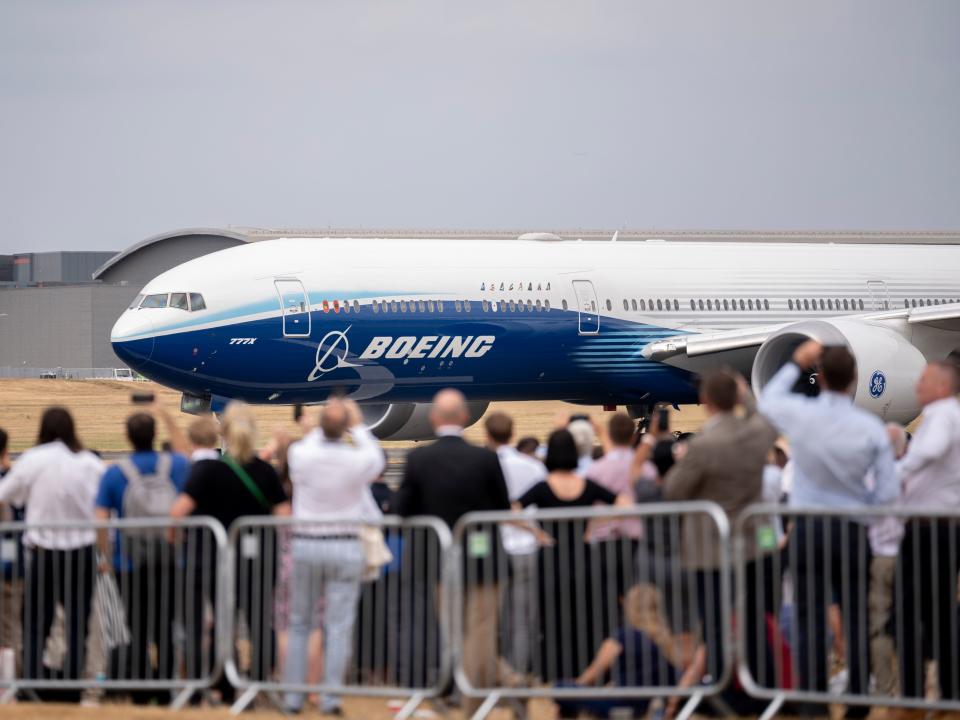

The 777X will be available in two passenger variants, the larger 777-9 and the smaller 777-8, which can carry up to 426 and 384 passengers, respectively.
It will also have a freighter option called the 777F.
Its predecessor is Boeing’s best-selling 777 variant, with over 800 units sold since 2000
This upgrade strategy means the 777X and the 777 are familiar to pilots and regulators, making certification easier than building a new plane and keeping airline costs down.
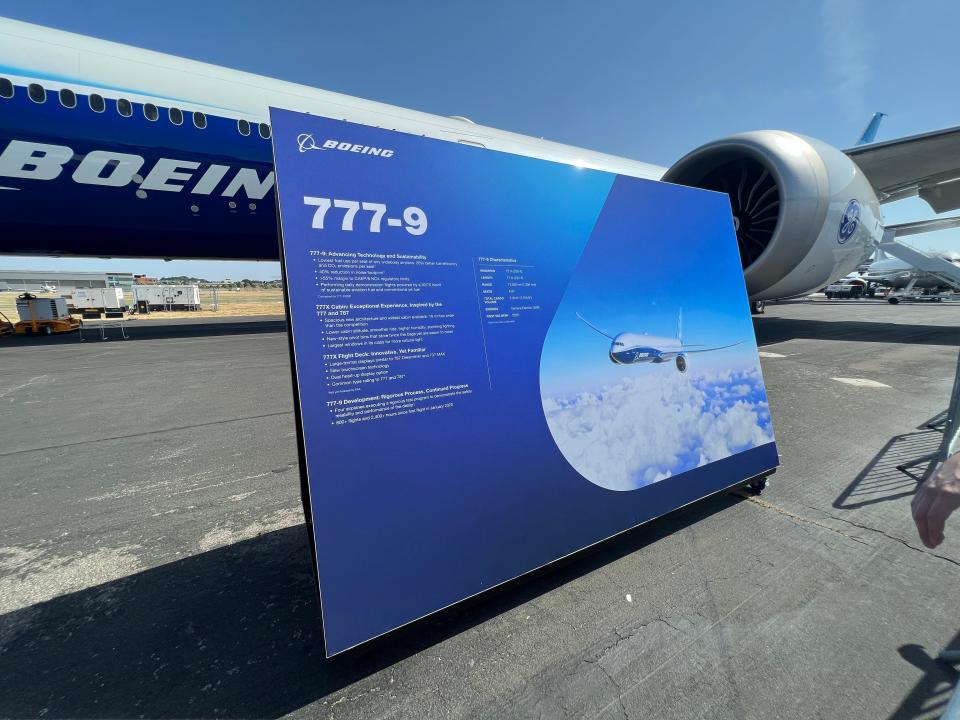

The 777X is operationally similar to the classic 777. Further, the 777X’s flight deck resembles that of the 787. This plane-to-plane familiarity means pilots can cross-train on 777 and 787 aircraft with minimal training, saving airlines money.
Boeing is using four experimental 777X planes for its certification program. They have already flown thousands of hours across some 1,00 test flights.
Still, the 777X has key differences that set it apart from its predecessor, like its size, engines, and wings.
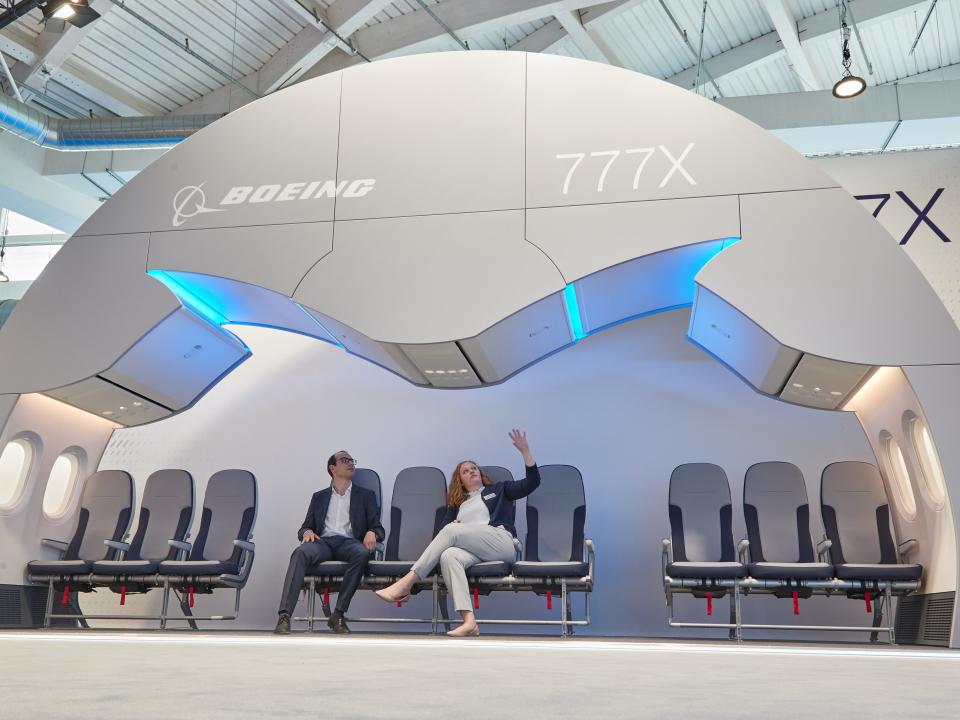

For example, the 777X’s massive General Electric GE9X engines generate more than 100,000 pounds of thrust, making the GE9X the biggest and most powerful engine ever made for a commercial airliner.
Meanwhile, the 777X’s 10-abreast seats, which are common on the classic 777, are more spacious thanks to its wider cabin. The 777X will also have bigger and better windows, which can be dimmed to a level of darkness not achievable on other widebodies.
The most distinctive feature of the 777X’s design is its folding wingtips, a first in commercial aviation.
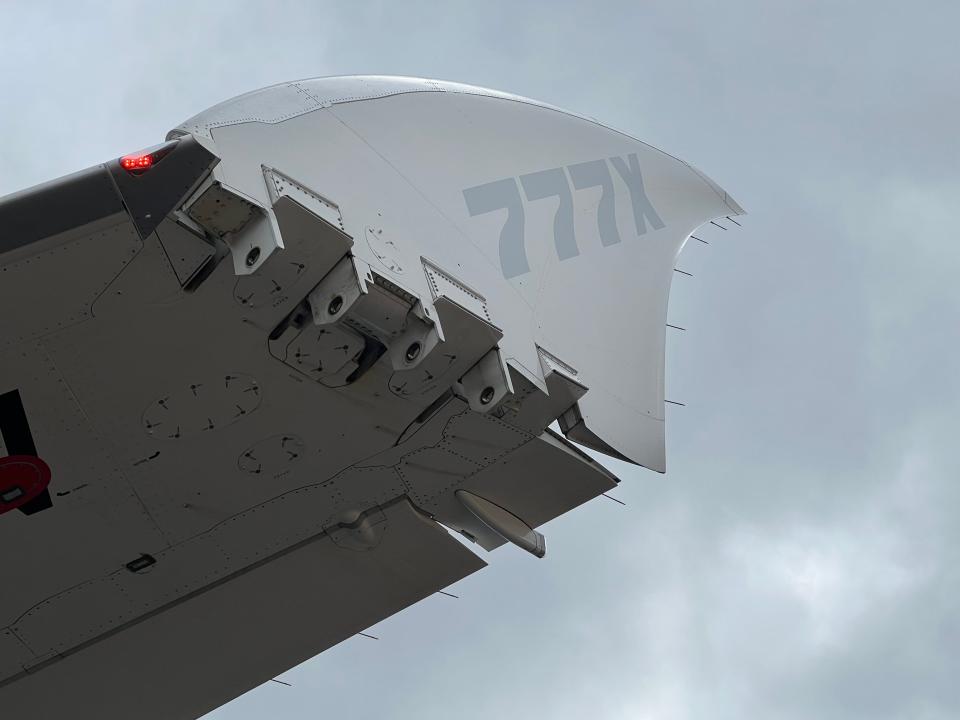

The design has never been seen on passenger planes but has found success in military aviation for almost 100 years to offset the limited parking space on air carriers, according to the International Civil Aviation Organization.
The idea to create folding wing tips stemmed from airport gate space limitations. Like pilot training, Boeing didn’t want the new 777X to require costly airport infrastructure changes.
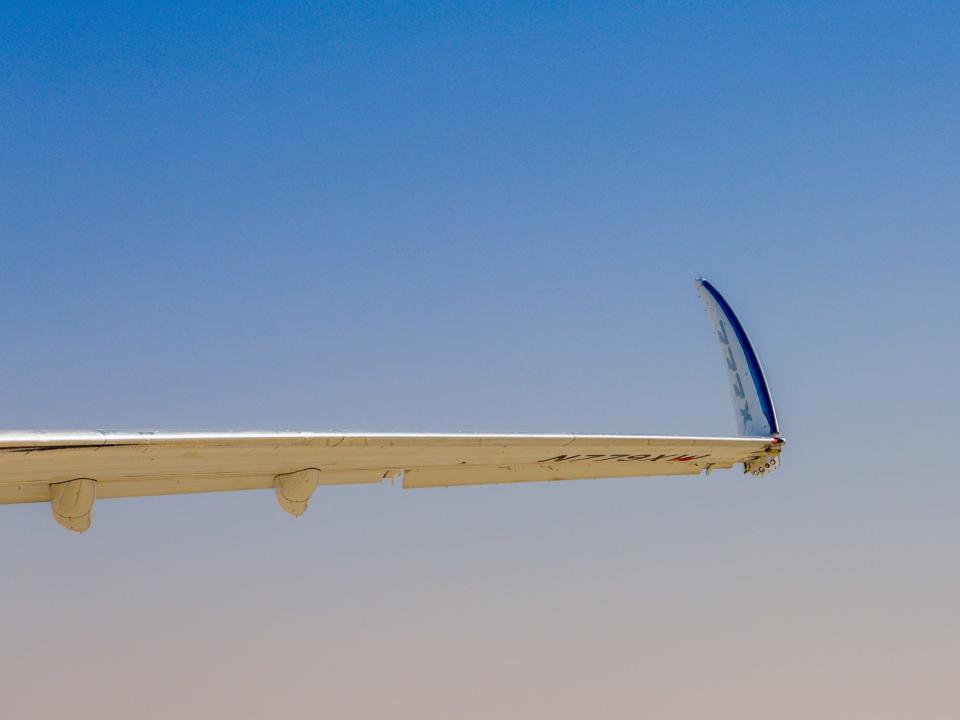

The 777X has a wingspan of 235 feet, 5 inches, which means it is too wide to fit into existing 777 airport gates.
To combat the concern, Boeing created the folding mechanism that reduces the wingspan to 212 feet and 9 inches — the length of the 777’s wings.
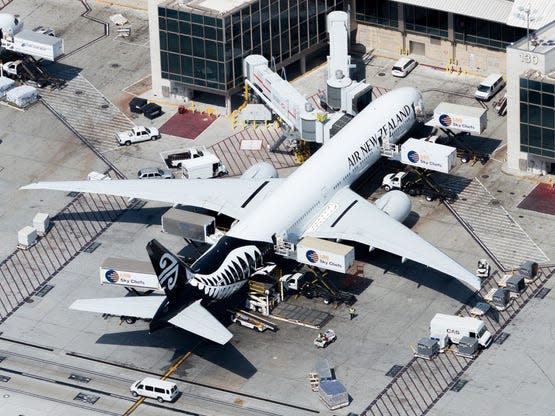

This allows the 777X to fit into gates capable of fitting the current 777 models without modifications or changes to the airport.
The airplane will not be limited to which airports it can operate out of, an issue the Airbus A380 faced after the superjumbo’s debut in 2007.
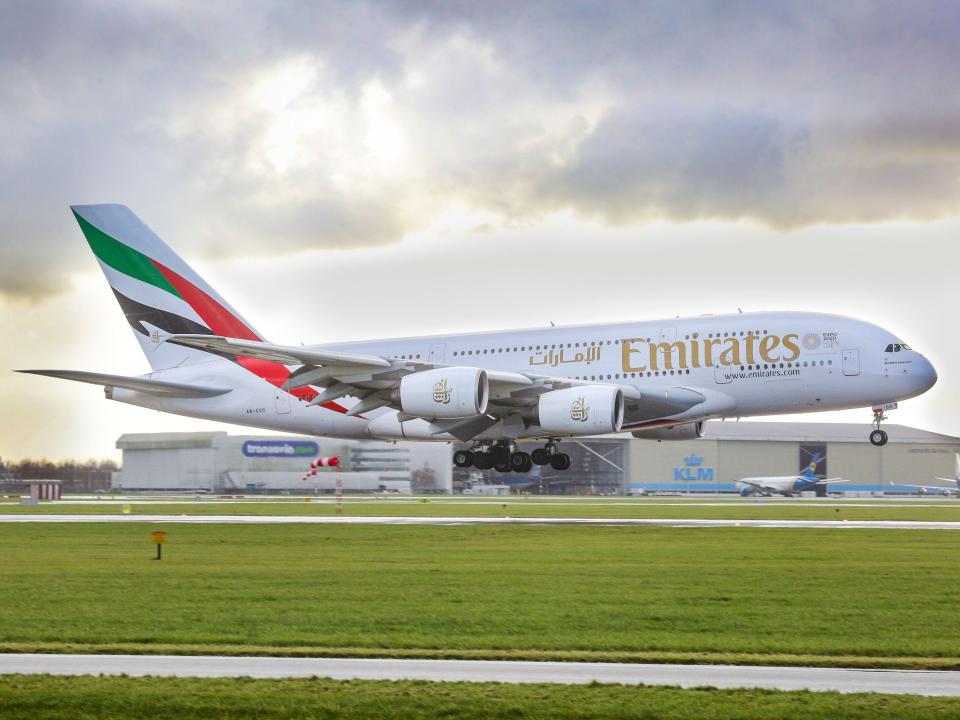

At launch, many airports couldn’t accommodate the A380 superjumbo without modifying the gates and building wider taxiways and runways, limiting where airlines could fly it. Boeing didn’t want the same problem with its new flagship 777X.
While Boeing could have simply kept the wings the same length as the 777, it needed an extended wingspan to improve the plane’s performance.
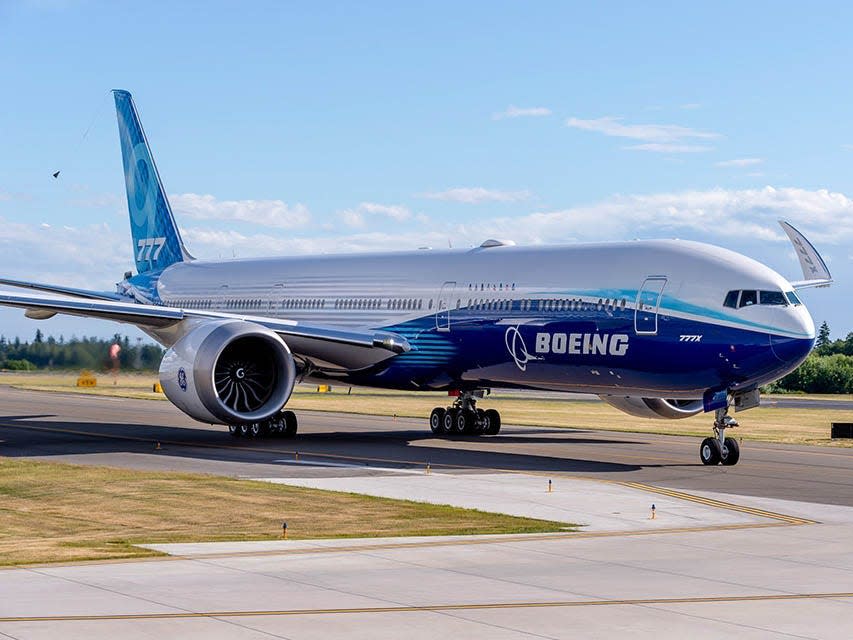

The 777X’s wings are about 23 feet longer than the 777’s, allowing the jet to generate more lift. According to Boeing, this increases efficiency by reducing fuel burn by about 10% compared to competing widebodies.
Though some might think widening the wingspan would create a heavier plane, Boeing has used a lightweight composite material for the 777X’s wings.


The company said this strategy means the longer wings do not increase the jet’s weight. The composite materials are also beneficial because they allow the wings to flex and bend during flight, which lowers the risk of damage.
The 777X’s familiarity and size, the latter partly thanks to the wingtips, are big selling points against the rival A350.
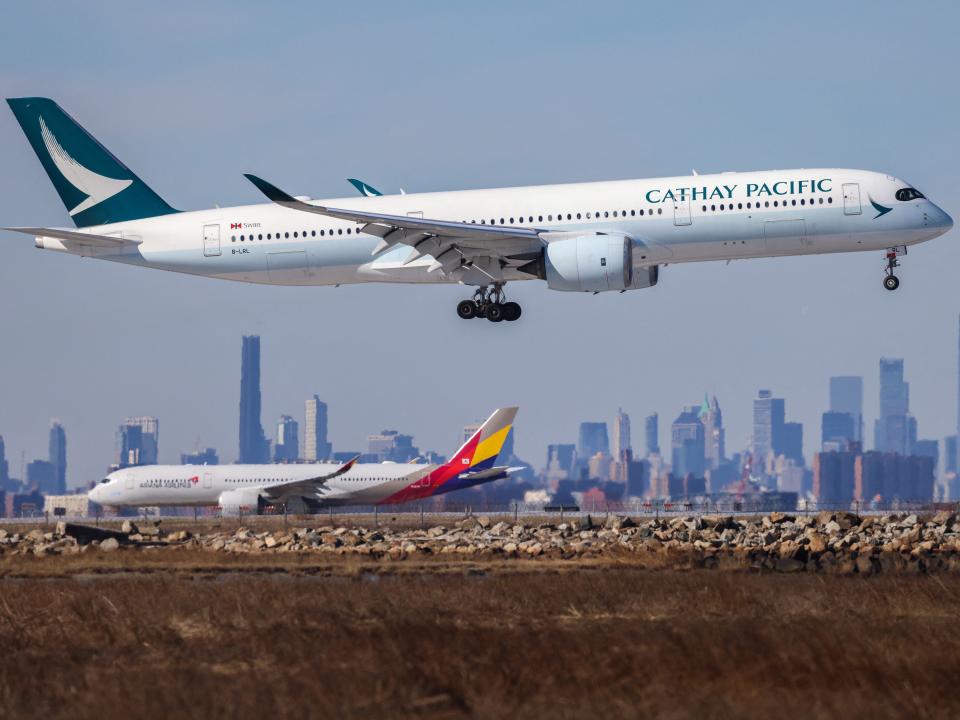

Airbus launched the A350 in 2013, garring over 1,300 global orders. The plane is already flying passengers and is the 777X’s biggest competitor.
The two families offer similarly giant cabins and good long-haul economics, but each has distinct differences that make it more or less favorable to certain airlines. For example, the A350 is smaller than the 777-9 model but longer-ranged and cheaper.
It is also not mired with the same production problems as the 777X program, meaning it isn’t sitting in production limbo costing Boeing and airlines millions.
While the 777X has been much hyped, airlines have voiced concerns over Boeing’s ongoing production problems.
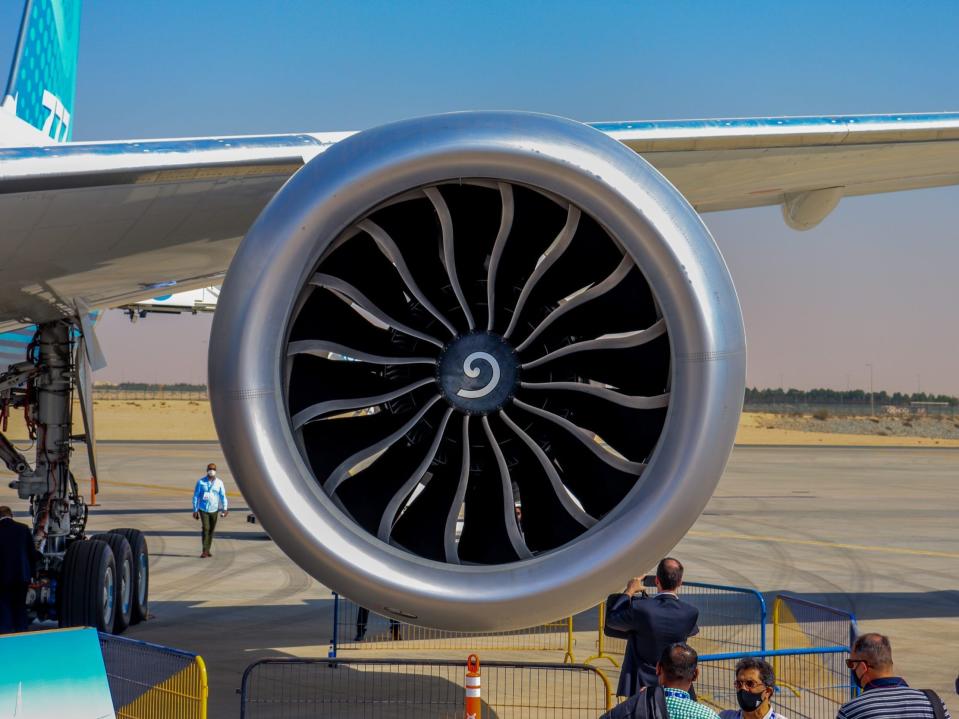

The 777X’s size and efficiency make it particularly favorable for Middle Eastern carriers Emirates, Etihad, and Qatar because of their strong hub-and-spoke networks, which rely on big planes to shuttle as many people as possible between cities at once.
All three plan to phase out older planes like the A380 and replace them with the more efficient 777X. However, according to Reuters, flying less efficient planes longer than expected is eating into airline bottom lines.
With hundreds of billions of dollars worth of orders on the line, there’s much riding on the success of the new 777X flagship.
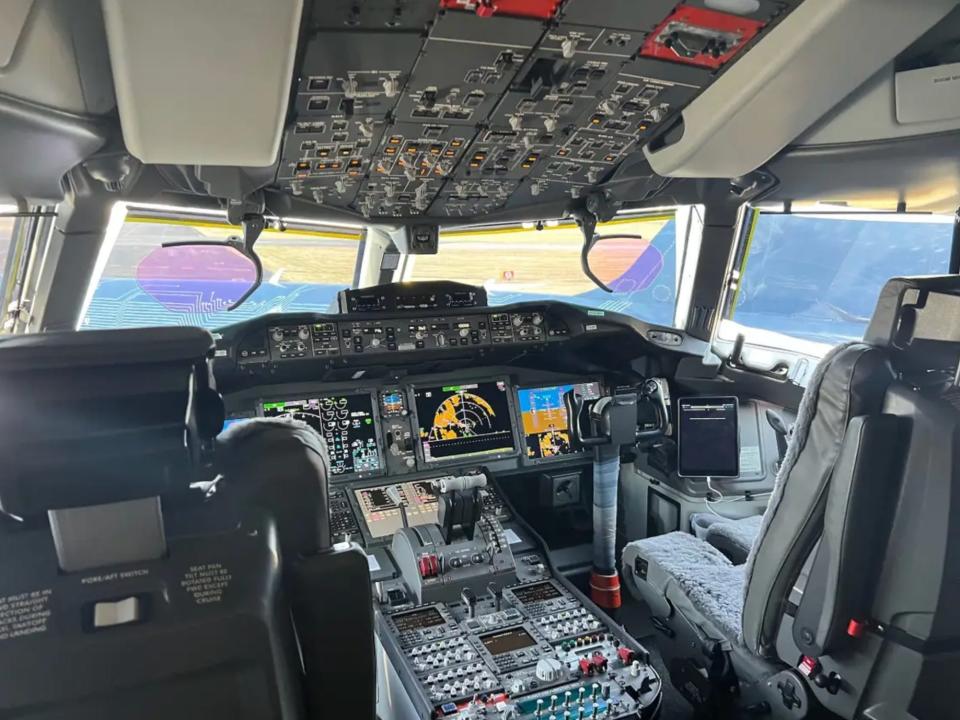

Boeing has been scrutinized since the January Alaska Airlines 737 Max door plug blowout, which questioned its ability to safely produce airplanes. That, combined with ongoing production issues on its 787 Dreamliners, too, has made certifying new planes even harder.
Still, Clark told The Air Current that the 777X is a promising plane despite being an ongoing headache for operators.
Read the original article on Business Insider
